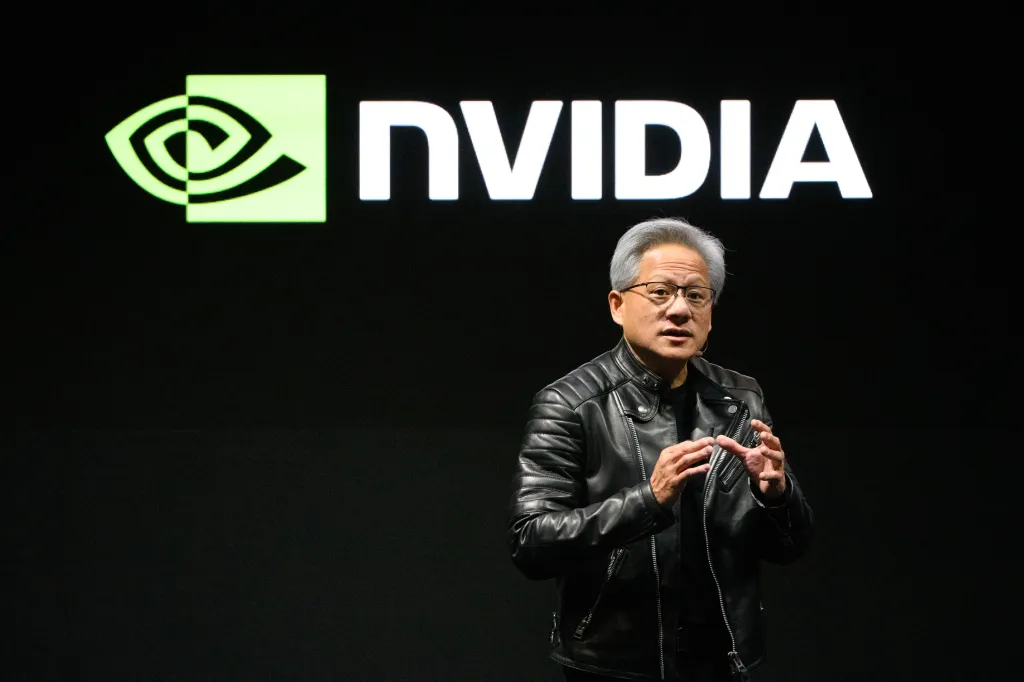Clash Over Nvidia's Valuation Intensifies Amid Insider Stock Sales

SANTA CLARA, Calif. — A series of high-volume stock sales by Nvidia executives, totaling over $1 billion, has intensified an already fierce debate among investors and analysts over the chipmaker's long-term valuation, pitting concerns of a potential bubble against arguments of a fundamental, technology-driven market shift.
The debate has crystallized around two central narratives: one viewing the executive sales and lofty stock price as cautionary signals reminiscent of past market manias, and another asserting that such comparisons are flawed and fail to grasp the unique, foundational role Nvidia now plays in the global economy.
Scrutiny Over Executive Stock Dispositions
The primary catalyst for the renewed skepticism has been the significant volume of insider stock sales. Reports from financial news outlets, including the Financial Times and Yahoo Finance, have highlighted that top executives, including CEO Jensen Huang, have sold more than $1 billion in shares in recent months as the company's stock reached record highs.
This activity has fueled a narrative among some market watchers that company leadership may be seeking to capitalize on a perceived peak. Critics argue that such large-scale selling could suggest a lack of internal confidence in the company's ability to sustain its explosive growth rate, potentially undermining broader investor trust.
However, corporate governance analysts and sources familiar with executive compensation structures present a different context. They argue that these sales are largely routine and a predictable outcome of executive pay packages, which are heavily weighted towards stock options and restricted stock units (RSUs). According to these experts, many of the sales are executed under pre-scheduled SEC Rule 10b5-1 trading plans. These plans are established in advance to avoid any appearance of trading on non-public information and allow executives to systematically diversify their personal wealth, which is often overwhelmingly concentrated in company stock.
"For executives whose compensation has been stock-based for years, seeing a 10x or 20x increase in portfolio value presents a standard financial planning scenario, not necessarily a red flag on the company's future," noted one Silicon Valley compensation consultant. Proponents of this view also stress that even after these substantial sales, the executives in question retain massive holdings in Nvidia, ensuring their financial interests remain deeply aligned with those of long-term shareholders.
The Cisco Comparison: A Flawed Analogy?
Compounding the concerns over insider activity is the persistent comparison of Nvidia's meteoric rise to that of Cisco Systems during the dot-com bubble of the late 1990s. At its peak, Cisco was the world's most valuable company, celebrated for providing the essential 'plumbing' for the internet. Its subsequent crash has become a cautionary tale for investors about the dangers of chasing hype.
Skeptics draw parallels between the 'irrational exuberance' surrounding the internet boom and the current frenzy for AI infrastructure, pointing to Nvidia's high price-to-earnings ratio as evidence of a potentially unsustainable valuation at risk of a major correction.
In response, a growing chorus of technology and financial analysts, including those cited in publications like The Motley Fool, are directly refuting the analogy as fundamentally flawed. They argue that the comparison ignores critical differences in market structure, competitive landscape, and the nature of the underlying technology.
First, they point to Nvidia's competitive moat. While Cisco faced numerous rivals in the networking space, Nvidia currently holds a dominant, near-monopolistic position in the market for high-end AI accelerators. This dominance is protected by its proprietary CUDA software platform, a deep and complex ecosystem that developers have spent over a decade building upon, creating high switching costs for customers.
Second, the nature of the demand is different. The dot-com boom was largely fueled by speculative investment in companies with unproven business models. In contrast, Nvidia's revenue is driven by immense, tangible capital expenditures from some of the world's most profitable companies—cloud hyperscalers like Amazon, Microsoft, and Google—who are in a well-capitalized 'arms race' to build out their AI capabilities. "This isn't speculative demand; it's foundational infrastructure investment from the largest corporations on the planet," an analyst from a major investment bank recently stated.
Future Growth Vectors and Sovereign AI
To counter fears of a potential slowdown in enterprise demand, Nvidia's leadership is actively promoting a forward-looking narrative centered on new markets and continuous innovation. The most prominent of these is the concept of 'Sovereign AI.' This strategy involves empowering nations around the world to build and control their own AI infrastructure using Nvidia's technology, thereby creating their own economic value from data and intelligence.
This initiative represents a new, multi-billion-dollar addressable market that moves beyond the current base of US-based tech giants. By enabling countries to develop their own large language models and AI services, Nvidia is positioning itself as a key partner in national digital strategy, a market that analysts believe could provide a durable, long-term demand cycle.
Simultaneously, the company continues to signal its commitment to innovation in its core markets. Leaks and industry reports regarding its upcoming RTX 50 'SUPER' series of consumer GPUs suggest a proactive approach to addressing customer feedback, particularly around VRAM capacity. This, combined with ongoing advancements in its DLSS software, reinforces the company's technological leadership and its ability to drive upgrade cycles.
As the debate continues, the market is left to weigh conflicting signals. The ultimate trajectory of Nvidia's valuation will likely depend on whether investors prioritize the optics of executive stock sales and historical parallels, or the tangible evidence of a deepening technological moat and the strategic cultivation of new, global growth engines.